Anyone living in an earthquake-prone area should always be prepared for the possibility of an earthquake. To stay safe, it's important to know how to protect yourself and your loved ones before, during, and after an earthquake. Here are comprehensive steps to help you overcome these situations with confidence.
Watch this video for hands-on tips on staying safe when an earthquake hits:
Understand the Risks
A map showing earthquake-prone areas, with seismic fault lines clearly marked.
Knowing the seismic risks in your area is the first step toward preparedness. Identify whether you live near a fault line or in a region with frequent seismic activity. Understanding the history and potential for earthquakes in your region can help you assess the level of preparedness needed. Stay informed about local building codes and ensure your home is up to standard for earthquake resistance.
Prepare an Emergency Kit
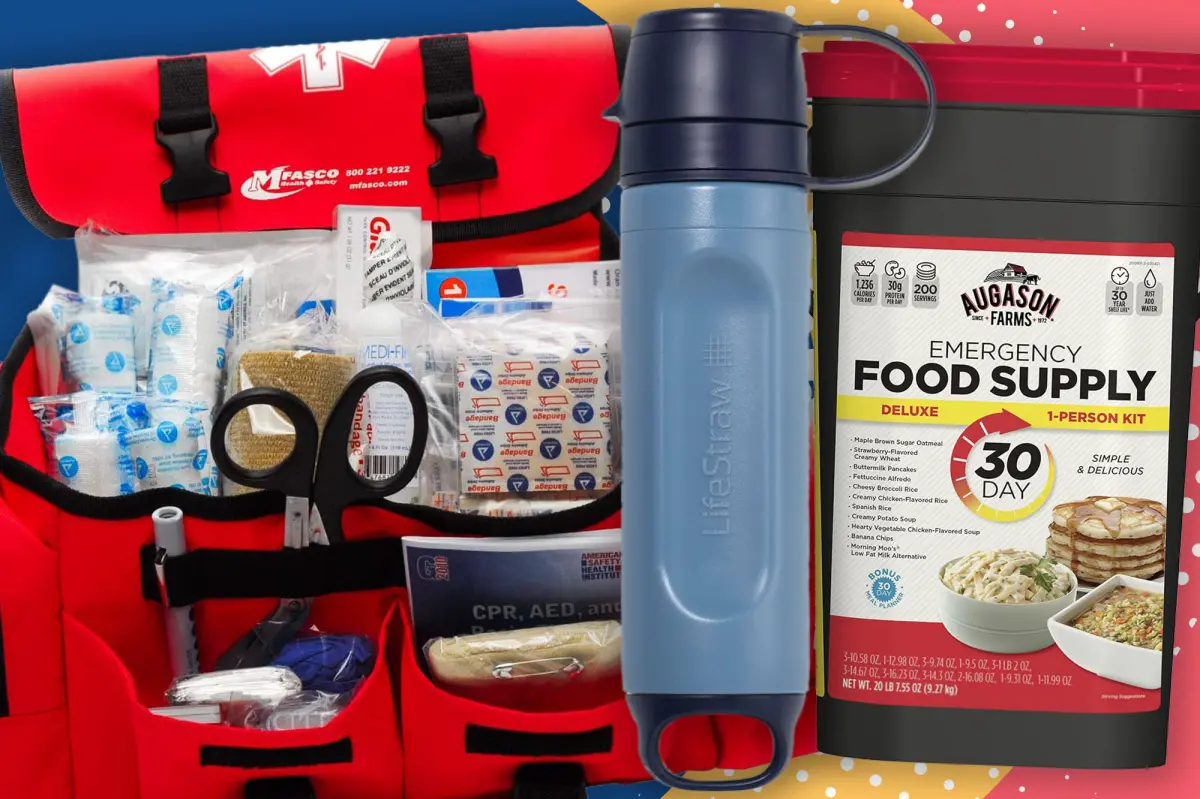
A well-stocked emergency kit with water, non-perishable food, first-aid supplies, flashlights, and batteries.
An emergency kit is key for earthquake readiness. Your kit should have enough supplies to last you and your family at least 3 days. Must-haves include water, food that won't spoil, a first-aid kit, flashlights, batteries, a radio, medicines, and important papers. Keep your kit where it's easy to grab and make sure everyone at home knows where it is.
Secure Your Home

A person securing a bookshelf to a wall to prevent it from toppling during an earthquake.
To minimize damage and harm amid an seismic tremor, secure overwhelming furniture, machines, and other things that may drop or cause harm. Stay bookshelves, cabinets, and huge hardware to the dividers. Introduce security hooks on cabinets to anticipate substance from spilling out. Guarantee that overwhelming objects are put away low to the ground, and check that gas apparatuses are secured and have flexible connections.
Know What to Do During an Earthquake
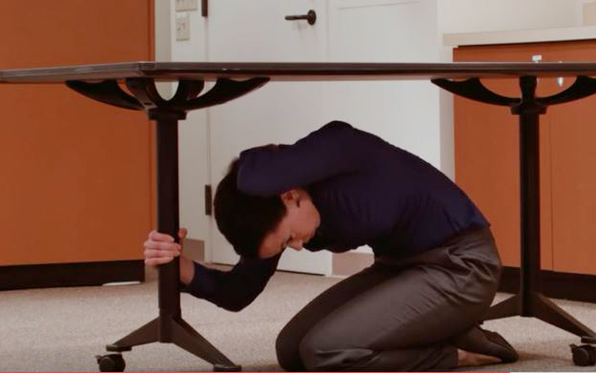
A person practicing the "Drop, Cover, and Hold On" technique under a sturdy table.
Your quick actions during an earthquake can keep you safe. Use the "Drop, Cover, and Hold On" method: Drop to your hands and knees so you don't fall, cover your head and neck under something sturdy, and hold on until the shaking stops. If you're outside, move away from buildings, streetlights, and power lines. If you're driving, stop somewhere safe away from overpasses and bridges.
Plan and Practice Drills
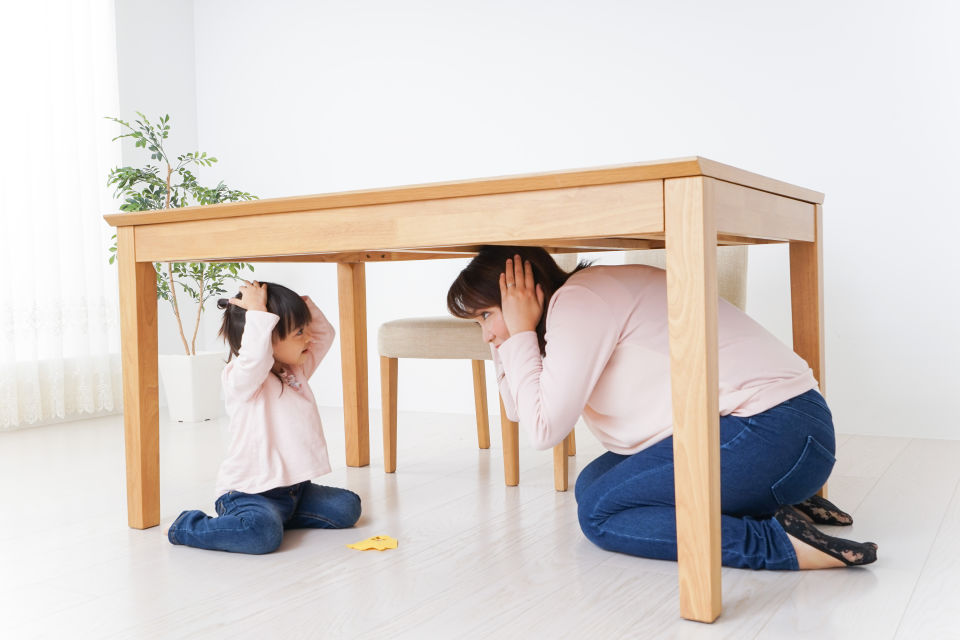
A family practicing an earthquake drill together at home.
Planning and practicing earthquake drills with your family or household members can improve response times and reduce panic during an actual event. Regularly review your emergency plan, including evacuation routes and meeting points. Practice different scenarios, such as being at home, at work, or in public places, to ensure everyone knows what to do in various situations.
Stay Informed and Connected

A smartphone displaying an earthquake alert app, with notifications about recent seismic activity.
Keeping up with earthquakes and aftershocks is key after a big shake-up. Get earthquake alerts by signing up for apps or local government services that send real-time updates. Add a radio that runs on batteries to your emergency kit so you can get news if the power goes out or cell towers stop working. Make sure you and your family have a plan to reach each other if an earthquake splits you up.
After the Earthquake: Safety and Recovery
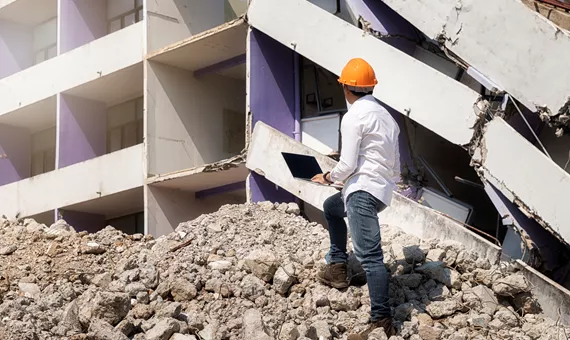
A person inspecting a building for structural damage after an earthquake, with caution tape around dangerous areas.
When the earthquake ends, check your surroundings and take action to stay safe. Look for injuries and help those in need. Take a look at your house for damage, gas leaks, and other dangers. Don't go into buildings that look unsafe until experts have checked them out. Keep an ear on emergency news for updates about aftershocks and recovery work.
To sum up
Living in an earthquake-prone area means you need to be alert and prepared, but with the right knowledge and tools, you can greatly lower the risks that come with earthquakes. By understanding the dangers, making your surroundings safer, practicing safety drills, and staying informed, you can protect yourself and your loved ones before, during, and after an earthquake.

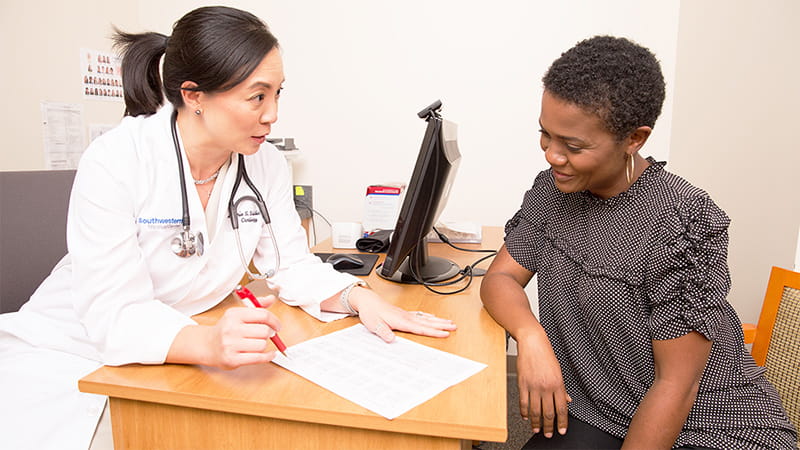
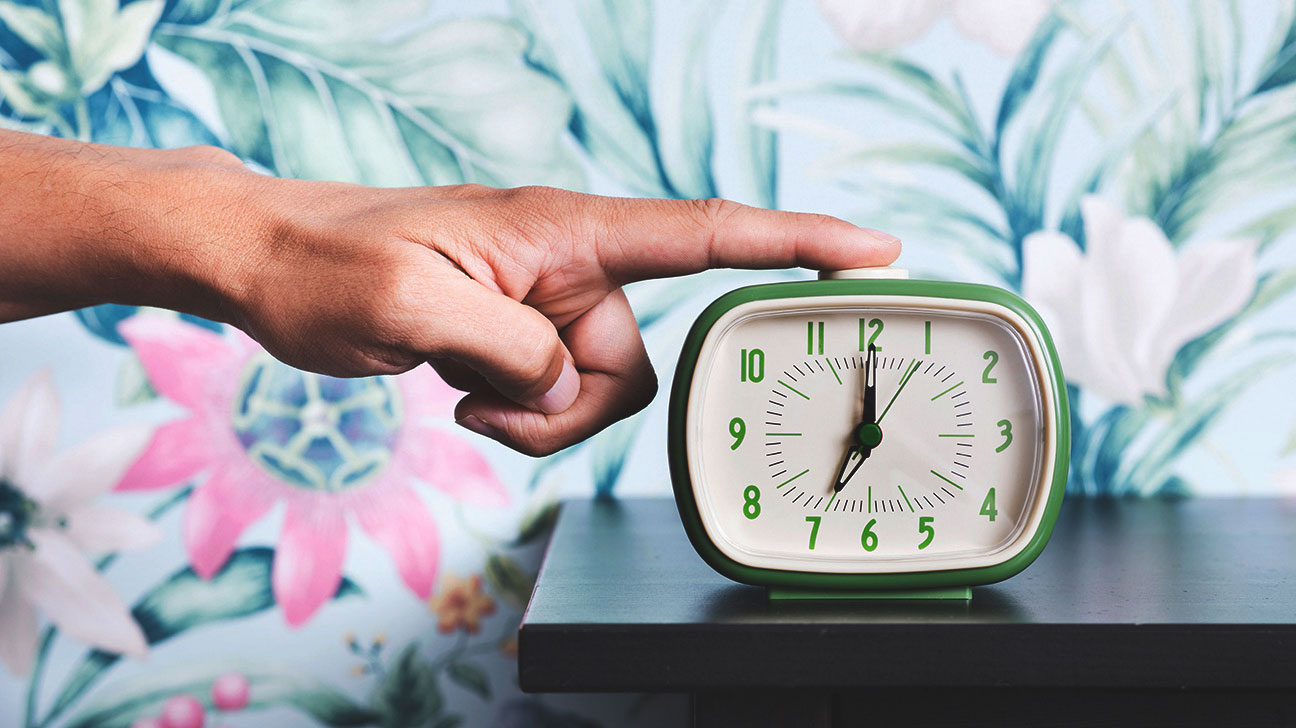
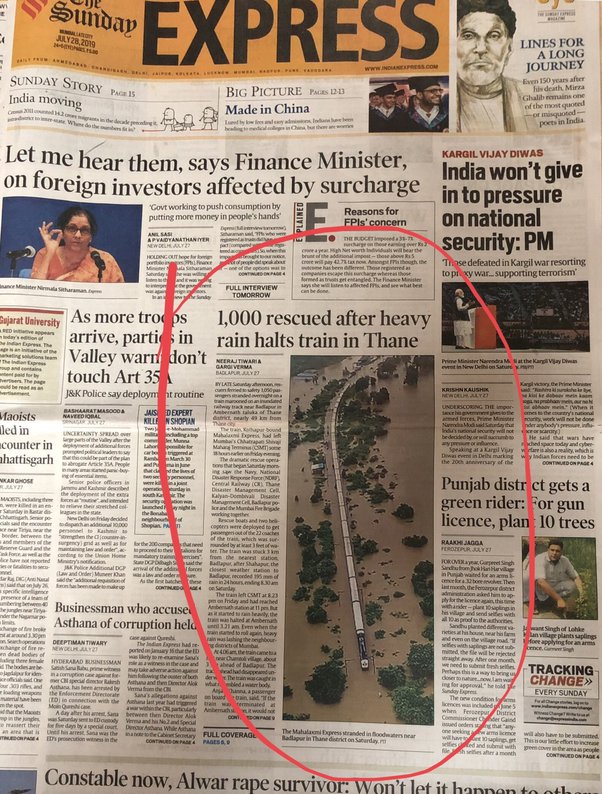
Comments